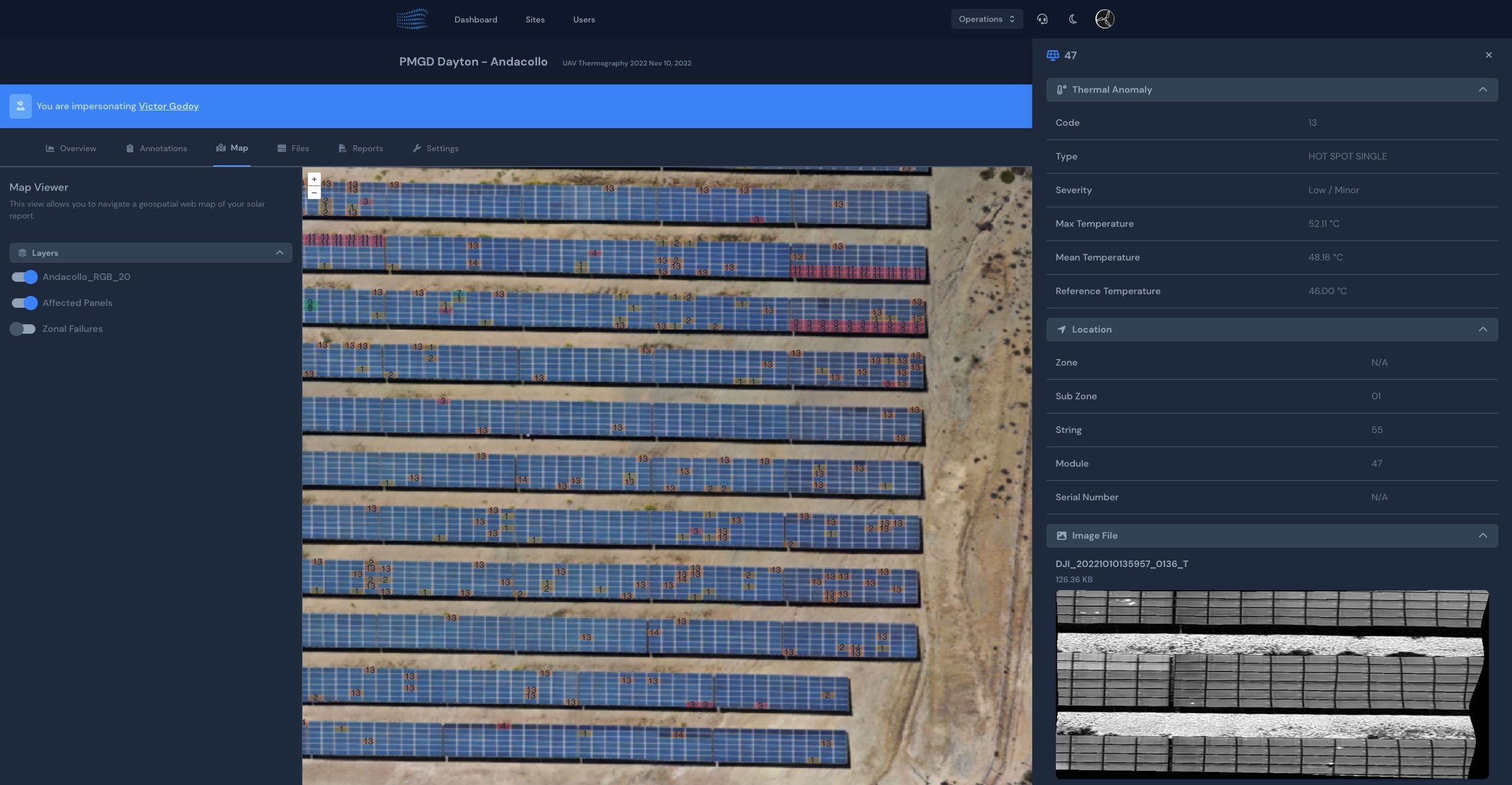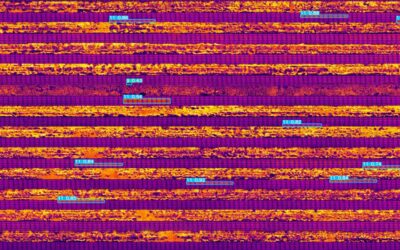Introduction
In recent years, the adoption of renewable energy sources like photovoltaic (PV) plants has gained significant momentum. With their growing scale and complexity, managing these assets efficiently has become more challenging. However, advancements in technology have introduced a game-changing solution: digital twins. By harnessing the power of digital twin technology, asset managers can revolutionize their approach to PV plant management, optimize performance, and maximize returns on investment. In this article, we will explore how digital twins can revolutionize asset management for photovoltaic plants.
What are Digital Twins?
Digital twins are virtual replicas or simulations of physical assets, processes, or systems. By combining real-time data, artificial intelligence, and analytics, digital twins provide a comprehensive and dynamic representation of the actual asset in the virtual realm. This virtual replica enables asset managers to monitor, analyze, and predict the performance and behavior of the physical asset accurately.
Enhancing Asset Management in Photovoltaic Plants
-
Real-Time Monitoring and Visualization: Digital twins facilitate real-time monitoring of key parameters such as power output, temperature, voltage, and more. Asset managers can visualize the plant’s performance at any given time, identify inefficiencies, and quickly address potential issues before they escalate. Real-time monitoring allows for proactive maintenance, reducing downtime and optimizing energy generation.
-
Predictive Maintenance: Digital twins enable predictive maintenance by analyzing historical and real-time data. By applying machine learning algorithms, digital twins can detect patterns and anomalies, predict component failures, and recommend maintenance activities. Proactively addressing maintenance needs minimizes costly breakdowns, ensures optimal performance, and extends the lifespan of PV plant assets.
-
Performance Optimization: With a digital twin, asset managers can simulate different scenarios and assess the impact on the plant’s performance. By adjusting variables like panel orientation, cleaning schedules, and tracking system configurations, managers can optimize energy generation and maximize overall plant efficiency. Digital twins provide a valuable decision-support tool, enabling asset managers to make data-driven decisions that result in higher energy output and improved profitability.
-
Remote Diagnostics and Troubleshooting: Digital twins enable remote diagnostics and troubleshooting of issues that may arise in PV plants. With real-time data and analytics, asset managers can remotely identify the root cause of an issue, saving time and resources by avoiding unnecessary site visits. Troubleshooting capabilities allow for rapid response and timely resolution, ensuring minimal disruptions to energy production.
-
Lifecycle Management: Digital twins can support the entire lifecycle of a PV plant, from design and construction to operation and maintenance. During the design phase, asset managers can simulate different layouts and configurations to optimize system performance and cost-effectiveness. Throughout the operational phase, digital twins provide ongoing monitoring, maintenance, and performance analysis. Finally, during decommissioning, digital twins aid in asset retirement planning and environmental impact assessment.
Conclusion
Digital twins have emerged as a powerful tool for revolutionizing asset management in photovoltaic plants. By leveraging real-time data, advanced analytics, and predictive capabilities, digital twins enable proactive maintenance, performance optimization, and remote troubleshooting. Asset managers can make informed decisions, reduce downtime, and maximize the efficiency and profitability of their PV plant investments. As the renewable energy sector continues to grow, integrating digital twins into asset management practices will become increasingly essential for ensuring sustainable and cost-effective operations in photovoltaic plants.
With the potential to transform the way assets are managed, digital twins are poised to play a crucial role in the future of photovoltaic plant operations. As technology continues to evolve, embracing digital twins will empower asset managers to unlock new levels of efficiency, performance, and sustainability in the renewable energy industry.






0 Comments